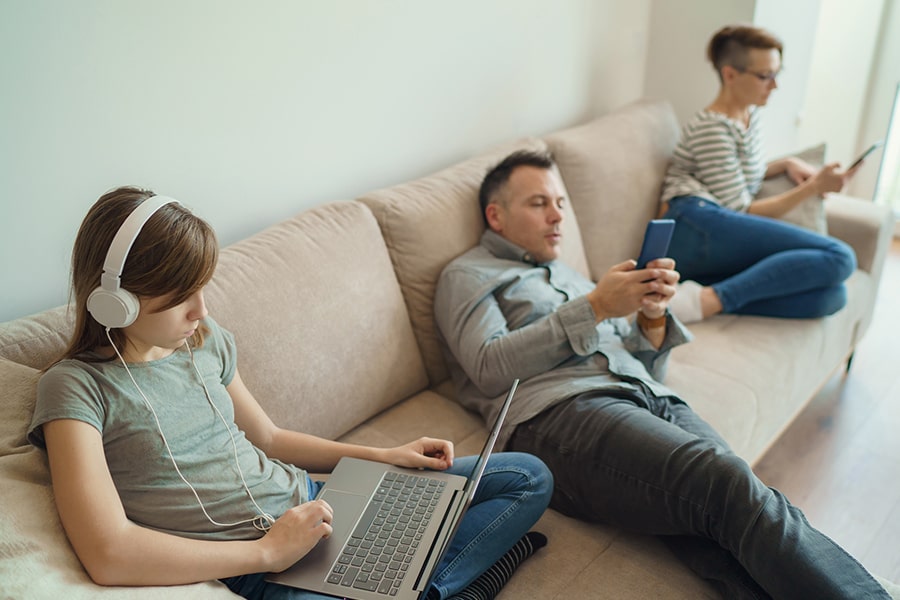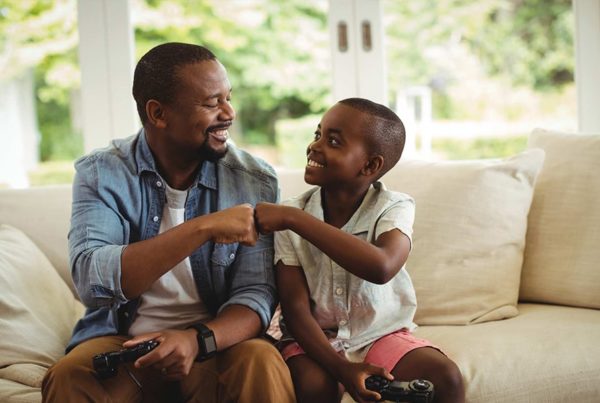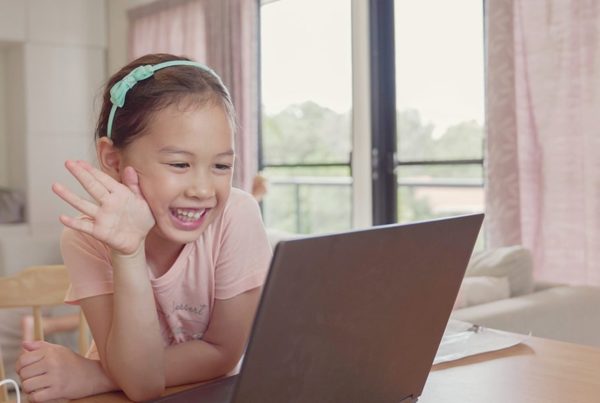
Source: Spectrum News
Idle Time, Family Dynamics and Low Self-Esteem Make Perfect Recipe for Cyber Bullying
Millions of kids sitting at home and looking for ways to socialize, may find themselves in situations they didn’t plan for, including cyberbullying. Adolescent therapists say it’s bound to happen since kids are spending more time on technology during this COVID-19 age than before.
Two thousand nineteen data from the Cyberbullying Research Center showed at least 36% of kids between the ages of 12 to 17 had experienced cyberbullying nationwide. 32% have experienced it in Ohio. Our very own Twitter poll indicated it’s been happening on a small scale since COVID-19 closed schools. Regardless, it only confirms what therapists believe is happening in a broader sense.
Up until now, Child and Adolescent Therapist Jim Bisenius traveled around the country talking to groups of kids targeted by bullies. He’s also worked with targeted kids and bullies in therapy for decades. Bisenius said, the amount of time kids are on technology now has most likely tripled since the coronavirus shutdown. “Being on technology three times as much, usually the cyberbullying would go along with it.”
The founder of Bully Proofing Youth said, more idle time, family dynamics, and low self-esteem is the perfect recipe for kid bullies to strike and create a show, especially virtually. “That would throw more gas on the problem of kids seeing it as I have this idle time. I don’t want to look at myself, so I’m gonna make somebody feel a little worse than me, and then I’ll feel superior. It’s really a distraction for how they feel about themselves;” But to combat a bully’s actions, Bisenius said it’s all about the response.
So for example, if a group of girls are on Zoom, the bully picks on the target who drops their head when hurtful comments are made. “And that subtle doom, going down says to that girl you got to me, I’m hurt, please keep picking on me.” Bisenius said, don’t feed bullies fear reactions because it only makes things worse. Instead, kids should take their power back by looking “at an object and focus on that object as if it’s the most fascinating. So I’m gonna stare right at the camera of the Zoom…and that is the most interesting camera I’ve ever seen. By doing that, I am dismissing and taking aware the power of what that person just said to me.” He adds that if it’s a post or a text, don’t respond.
For parents who choose to intervene, Bisenius gave these tips:
- Learn the latest social media platforms
- Communicate your concerns to your child if you have access to their social media threads and ask how you can help
- Protect the cool of your kid and make it look like your kid would be mortified that you stepped in (that’s to alleviate retaliation, and so your child doesn’t cut communication)
- Give your kid veto power (that’s the ability to say they don’t want you to intervene unless you suspect danger like suicide)
- Be okay with your kid having an alias on social media, especially if they’re being harassed
Spectrum News. “Idle Time, Family Dynamics and Low Self-Esteem Make Perfect Recipe for Cyber Bullying.” Johnson, Tonisha, 18 April 2020. <https://spectrumnews1.com/oh/columbus/news/2020/04/18/idle-time–family-dynamics-and-low-self-esteem-make-perfect-recipe-for-cyber-bullying>.







